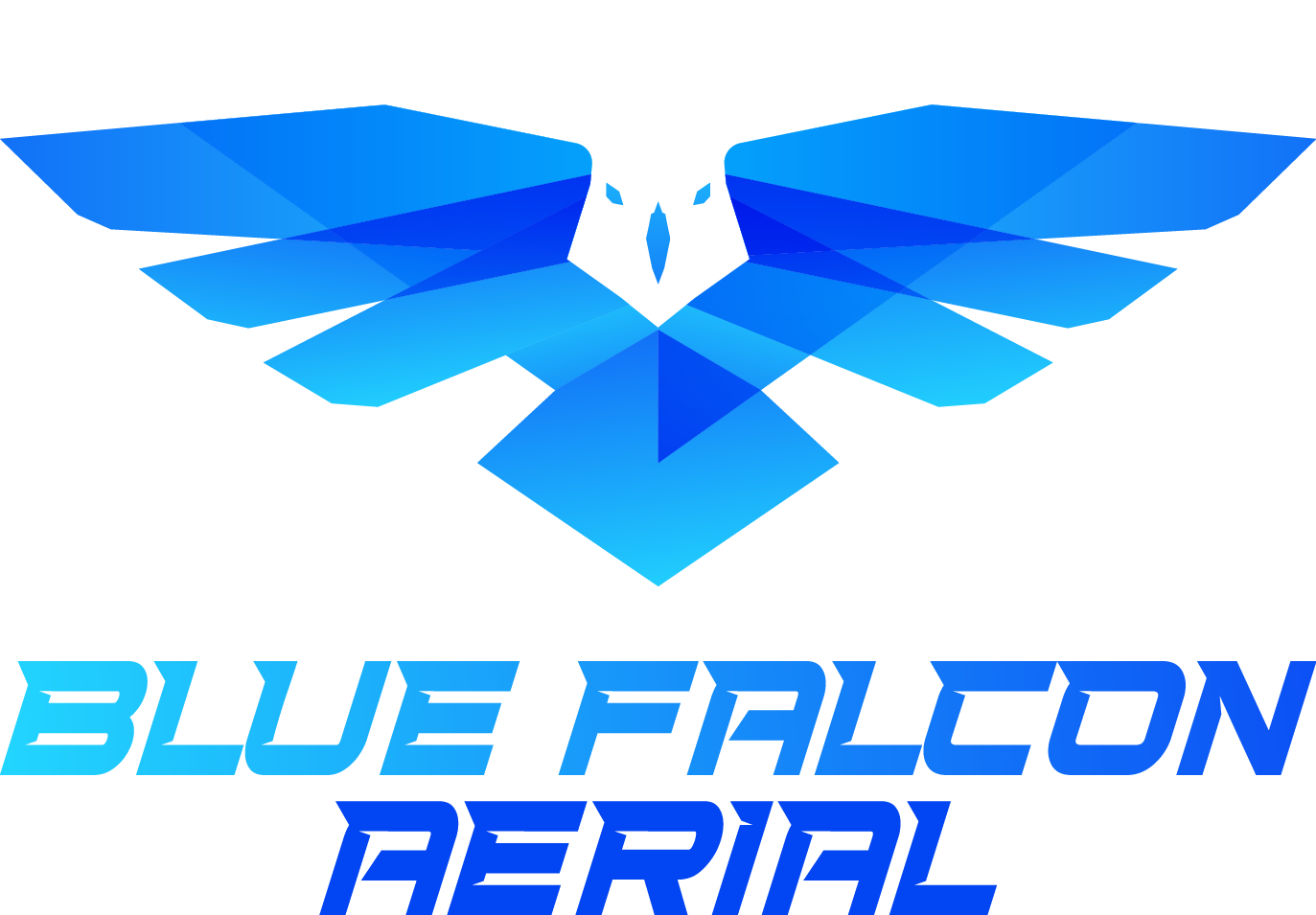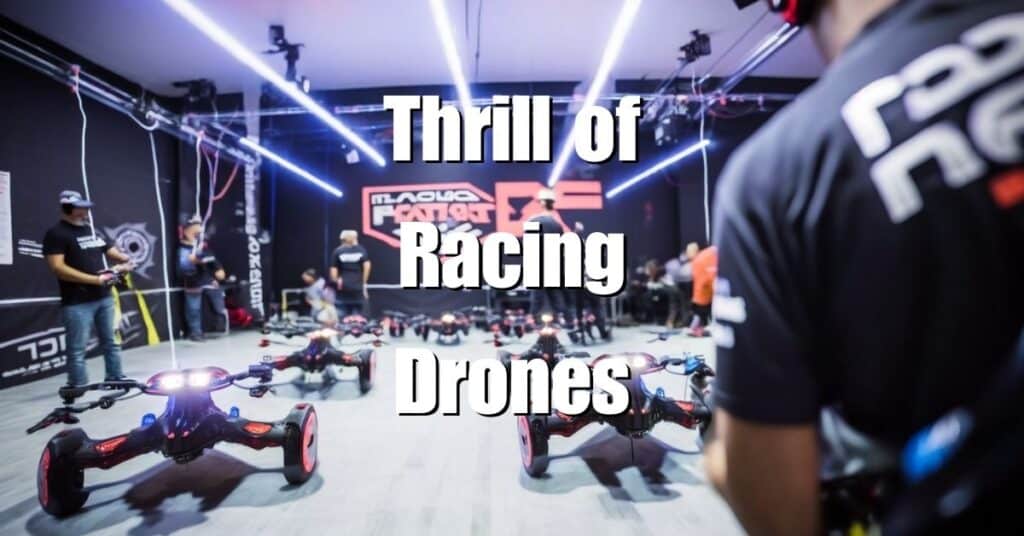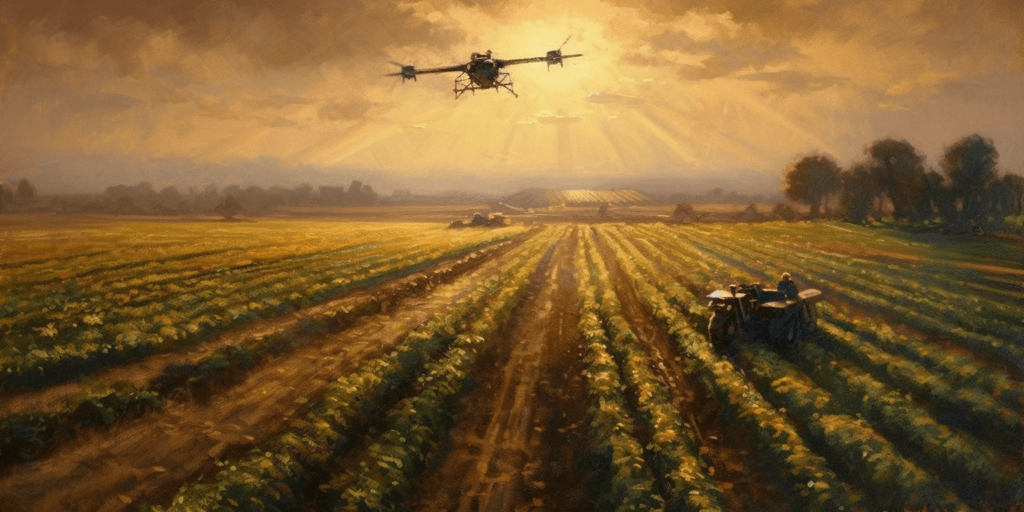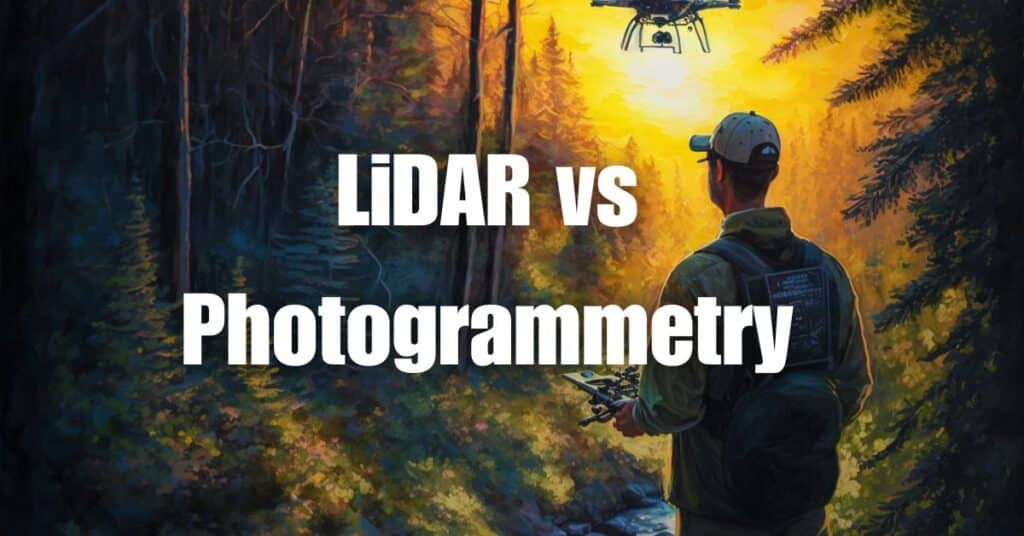Drone racing has emerged as a groundbreaking phenomenon. This high-octane sport combines cutting-edge drone technology with the adrenaline-pumping excitement of racing, offering both participants and spectators an unparalleled experience. Drone racing isn’t just about the thrill; it’s a testament to the incredible advances in remote-control technology and the growing interest in innovative sports. In this article, we delve into the fascinating world of drone racing, exploring its origins, the skills required, and its impact on technology and entertainment.
Key Takeaways
- Drone racing originated as a hobbyist activity and has evolved into a structured sport with formal leagues like the Drone Racing League (DRL).
- Essential equipment for drone racing includes a racing drone, FPV goggles, controllers, batteries, and chargers.
- Pilots require technical skills for controlling drones, strategic thinking for navigating courses, and mental and physical reflexes for high-speed racing.
- For beginners, Ready-to-Fly (RTF) drones are recommended, while professionals may prefer Custom-Built models.
- Drone racing rules and regulations ensure fair competition and safety, covering aspects like racecourse design, drone specifications, and pilot conduct.
- Technological advancements, especially in FPV technology and drone dynamics, have significantly enhanced the racing experience.
- Drone racing offers unique commercial opportunities in manufacturing, sales, and event sponsorships.
- The sport is becoming a popular spectator event, enhanced by live streaming and VR technologies, appealing to a tech-savvy audience.
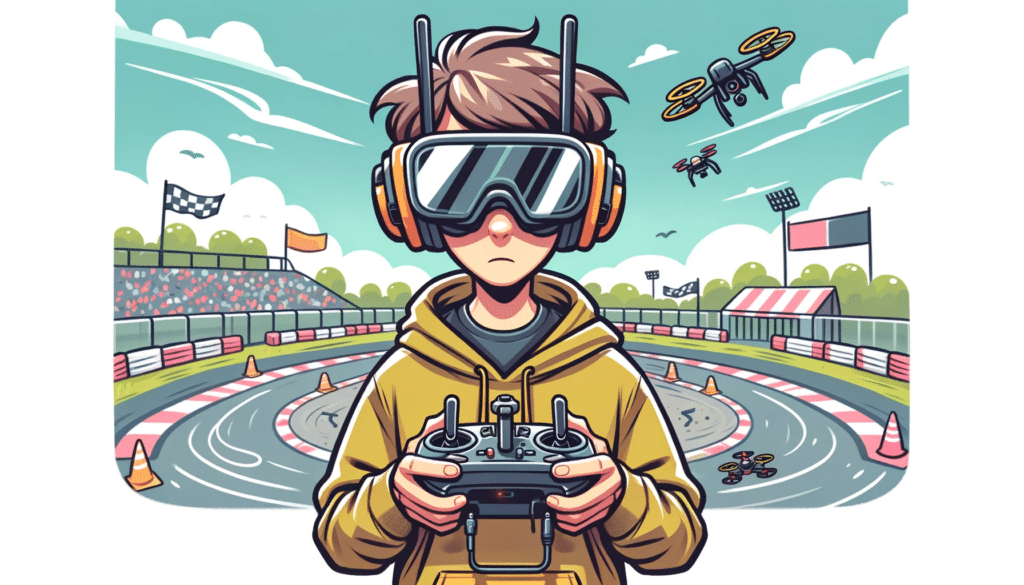
The Evolution of Drone Racing
Origins: From Hobbyists to High-Speed Competitors
Drone racing’s journey began as a grassroots movement, where hobbyists and tech enthusiasts tinkered with remote-controlled aircraft. In these early stages, the focus was more on the joy of flying than on competition. However, the inherent competitive nature of piloting quickly turned these friendly gatherings into informal races. This shift marked the birth of drone racing as a sport.
Milestones in Drone Racing
As the sport gained popularity, several key milestones propelled it further. The establishment of formal racing leagues, like the Drone Racing League (DRL), brought structure and widespread attention. Additionally, technological advancements, particularly in FPV (First Person View) technology, transformed how pilots navigate courses, offering a more immersive and intense racing experience.
| Year | Milestone |
|---|---|
| 2010s | Birth of informal drone racing competitions |
| Mid-2010s | Establishment of formal drone racing organizations |
| 2016 | Introduction of the Drone Racing League (DRL) |
| Ongoing | Technological advancements in drone and FPV technology |
The Impact of Media and Sponsorship
Media coverage and corporate sponsorships have played crucial roles in the evolution of drone racing. Televised events and online streaming platforms have made drone racing accessible to a global audience, while sponsorships from tech companies have fueled both technological advancements and larger, more prestigious competitions.
Understanding the Basics of Drone Racing
Types of Racing Drones
Drone racing requires specific types of drones, known for their speed, agility, and durability. These drones fall into two main categories: Ready-to-Fly (RTF) and Custom-Built models.
| Type | Characteristics | Suitable For |
|---|---|---|
| RTF (Ready-to-Fly) | Pre-assembled, easy to use | Beginners, Casual Racers |
| Custom-Built | Tailored to personal preferences, requires assembly and tuning | Professional Racers, Enthusiasts |
Essential Equipment for Drone Racing
To participate in drone racing, certain equipment is essential. This includes:
- Racing Drone: The primary piece of equipment, designed for speed and maneuverability.
- FPV Goggles: Allow pilots to see from the drone’s perspective, crucial for navigating courses.
- Controllers: Used to pilot the drone, with various models offering different levels of sensitivity and customization.
- Batteries and Chargers: Provide power to the drone, with varying capacities affecting flight time.
Rules and Regulations
Drone racing is governed by a set of rules and regulations to ensure fair competition and safety. These rules vary depending on the organization and the level of competition but generally cover aspects such as:
- Racecourse Design: Specifics about the size, layout, and elements of the course.
- Drone Specifications: Limitations on size, weight, and technology of the drones.
- Pilot Conduct: Guidelines on sportsmanship and competitive behavior.
- Safety Protocols: Measures to protect pilots, spectators, and equipment.
Understanding these basics sets the foundation for anyone interested in entering the thrilling world of drone racing.
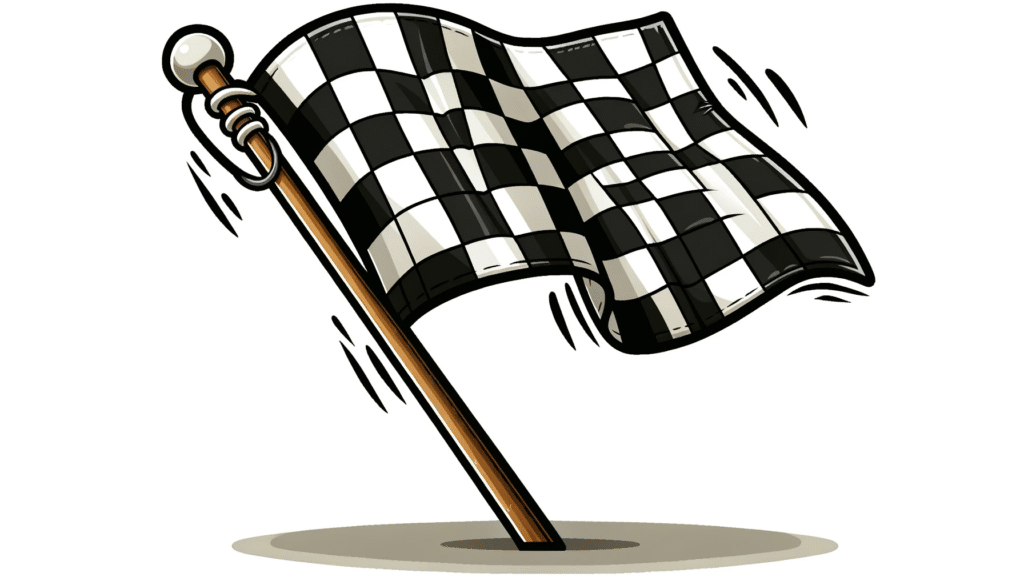
The Skills Required for Drone Racing
Technical Skills: Mastering the Controls
Drone racing demands a high level of technical skill, particularly in piloting and navigation. Pilots must have a thorough understanding of their drone’s mechanics and controls to maneuver through complex racecourses at high speeds.
- Precision in Control: The ability to make quick and precise movements is crucial. This includes sharp turns, rapid ascents, and controlled descents.
- Understanding Drone Dynamics: Knowledge of how different drones respond to controls and environmental factors is key to mastering the race.
Strategic Skills: Beyond Just Speed
While speed is essential, strategic thinking plays a significant role in drone racing. Pilots must be able to:
- Analyze Racecourses: Understanding the layout and identifying the best racing lines can make a significant difference.
- Adapt to Competitors’ Strategies: Being able to anticipate and react to other racers’ moves is a valuable skill.
Mental and Physical Reflexes
Drone racing is not just a test of technical ability but also of mental and physical reflexes. Pilots need to maintain:
- Concentration: Keeping focused during high-pressure situations is crucial.
- Hand-Eye Coordination: This is vital for controlling the drone effectively.
Preparing for Your First Drone Race
Choosing the Right Drone
Selecting the appropriate drone is the first step in your racing journey. Consider factors like:
- Performance: Speed, agility, and durability should match your racing style.
- Budget: Balance cost with the features and performance you need.
Training and Practice Tips
Consistent practice is essential to develop the skills required for drone racing. Here are some tips:
- Simulator Training: Use drone racing simulators to practice without the risk of damaging your equipment.
- Join a Racing Club: Being part of a community allows for shared learning and practice opportunities.
Finding Local Drone Racing Events
To put your skills to the test, participate in local drone racing events. These can be found through:
- Online Forums and Social Media: Platforms where drone enthusiasts and racers gather.
- Local Clubs and Organizations: Check for events or competitions they may host or endorse.
| Resource | Purpose |
|---|---|
| Racing Simulators | Practice and improve skills without physical risks |
| Online Communities | Find tips, advice, and connect with fellow racers |
| Local Drone Racing Clubs | Participate in events and gain real-world racing experience |
By mastering the essential skills and preparing adequately, you can make your first drone race both an enjoyable and a successful experience.
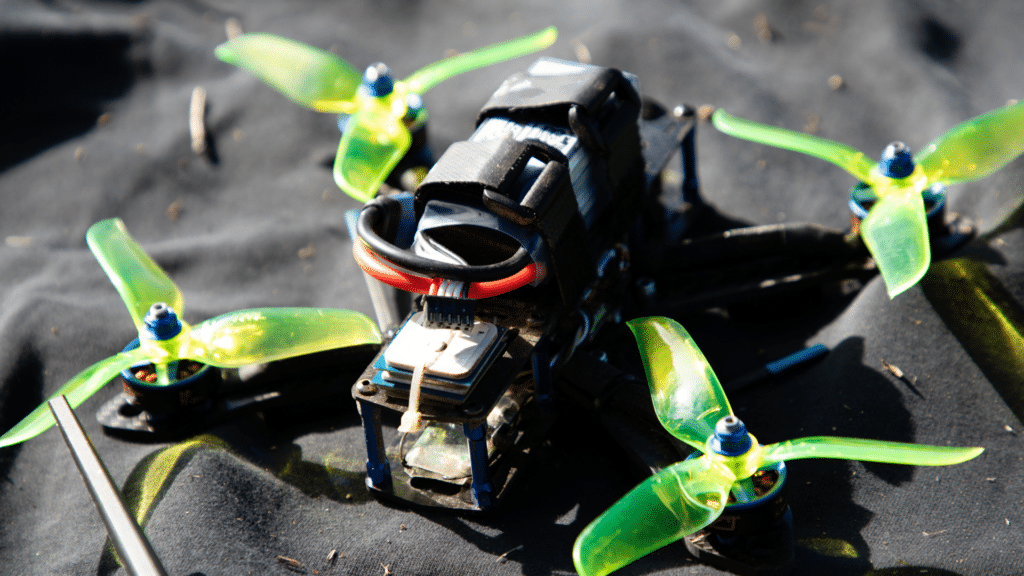
The Role of Technology in Drone Racing
Advancements in Drone Technology
The evolution of drone racing is closely tied to technological advancements. These innovations have not only improved the performance of racing drones but also enhanced the overall experience for pilots and viewers.
- Enhanced Flight Capabilities: Advancements in motors, batteries, and aerodynamic designs have resulted in faster and more agile drones.
- FPV (First Person View) Technology: Developments in FPV cameras and goggles provide a more immersive racing experience.
The Future of Drone Racing Technology
Looking ahead, technology will continue to shape the future of drone racing. Potential developments include:
- AI and Autonomous Drones: The integration of AI could lead to new racing formats and challenges.
- Improved Safety Features: Advanced sensors and software could reduce the risk of crashes and injuries.
Drone Racing as a Spectator Sport
Experiencing the Excitement of Drone Races
Drone racing offers a unique and thrilling experience for spectators. The combination of high-speed action, advanced technology, and skilled piloting creates an engaging sport.
- Live Events: Attending drone races in person can be exhilarating, with the buzz of drones and the energy of the crowd.
- Virtual Reality and Live Streaming: Technologies like VR and live streaming platforms allow viewers to experience races remotely, often from the perspective of the drones.
Revolutionizing Sports Entertainment
Drone racing is not just a sport; it’s a form of entertainment that’s pushing the boundaries of traditional sports. It appeals to a tech-savvy audience and has the potential to grow into a major entertainment phenomenon.
The Business Side of Drone Racing
Commercial Opportunities in Drone Racing
The popularity of drone racing opens up various commercial opportunities. These include:
- Drone Manufacturing and Sales: Companies that produce racing drones or related accessories can tap into a growing market.
- Event Sponsorships: Brands can gain exposure by sponsoring races or teams.
Sponsorships and Branding in Drone Racing
Sponsorship plays a vital role in the drone racing industry. It’s not just about financial support; it’s also about building relationships between brands and the drone racing community.
| Sponsorship Type | Benefits |
|---|---|
| Event Sponsorship | Increases brand visibility and engagement with a targeted audience |
| Team Sponsorship | Builds brand loyalty and association with top performers in the sport |
In conclusion, the role of technology in drone racing, its status as a spectator sport, and the commercial and branding opportunities it presents, all contribute to the dynamic and rapidly evolving world of drone racing. This sport is not just about the thrill of competition; it’s a showcase of technological innovation, a new form of entertainment, and a fertile ground for business growth.
As we’ve navigated through the electrifying world of drone racing, we’ve seen how this modern sport blends technological prowess with the raw excitement of competitive racing. From its humble beginnings to becoming a global phenomenon, drone racing continues to captivate audiences and enthusiasts alike. Its blend of speed, strategy, and technological innovation makes it not just a sport, but a spectacle of modern engineering.
For those inspired by the potential of drone racing and looking to delve deeper into the world of drones, particularly in a business context, we highly recommend visiting Blue Falcon Aerial’s comprehensive guide to building and growing your drone business. This guide is an invaluable resource for anyone looking to harness the commercial power of drones.
Should you require expert drone services or seek professional advice in the realm of drone technology, do not hesitate to contact Blue Falcon Aerial. Our team of experts is always ready to assist you in taking your drone-related endeavors to new heights. Join us in the thrilling world of drone racing and discover the limitless possibilities that drones have to offer!
